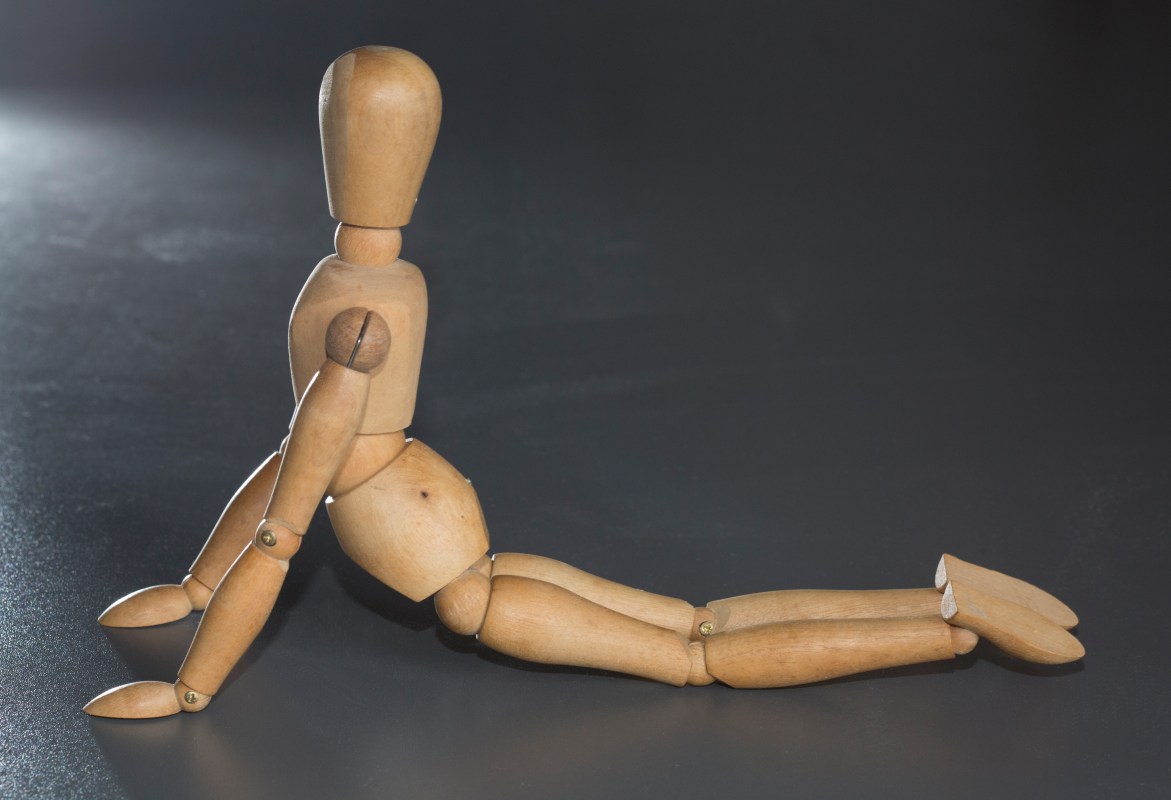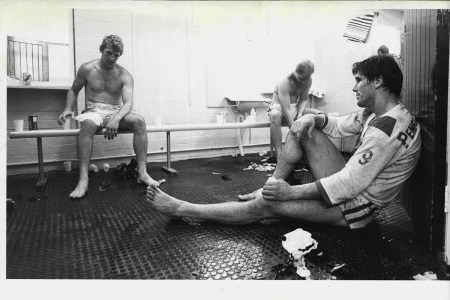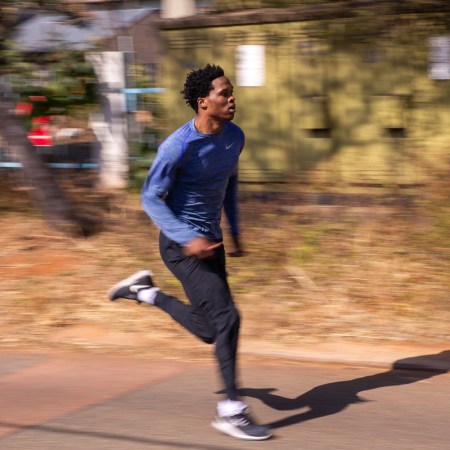Whether they’re YouTube videos at home, trips to the gym or group fitness classes, the first workouts of the new year are never pretty and almost always the same, dramatic scenes. You’re sweating profusely, losing your breath and trying not to throw up when you finally buckle and catch a glimpse of the clock.
Great, only 45 minutes to go.
In reality, it shouldn’t be this hard. A growing amount of data suggests that shorter workouts spanning 10 minutes or less have a variety of health benefits that have gone underemphasized in years past. Another study published in Nature investigated the upside of shorter workouts or “micro-patterns,” like taking the stairs at the office or power-walking to the train during your commute, on a regular basis.
Why So Many Athletes Fall Into the Trap of “Overtraining Syndrome”
Taking pride in being the “hardest worker” is all well and good — but it can lead to underperformance, fatigue and mental burnoutFor anyone prioritizing longevity over abs at the gym, the findings are compelling. Researchers tracked 25,241 people who were 61.8 years old on average and characterized as non-exercisers, yet engaged in “unexplored movement patterns such as brief bursts of vigorous intermittent lifestyle physical activity (VILPA) — the sort of stuff that’s embedded into everyday life, like “washing dishes, playing with children, gardening and going on walks.”
Upon following up with participants after nearly seven years, researchers found that engaging in three workouts lasting one to two minutes a day was enough to significantly decrease one’s risk of dying from cancer, cardiovascular disease or “all-cause mortality.” And yet, when you Google “how long should my workout be?,” you’ll get answers extolling the benefits of 45- to 90-minute sessions, not a handful of workouts for one to two minutes a day. High intensity interval training (HIIT) does source short, intense exercise sprints but typically stacks them to assemble at least a half-hour workout.
But shorter workouts haven’t caught on quickly. You don’t see many motivational posters throughout the gym stating, “It takes less than 10 minutes!”
Rob Wagener, a personal trainer and wellness writer, suspects that’s because of the lack of perceived gains for business owners. “The fitness industry and culture may not fully embrace the idea of shorter workouts because they’re not as traditional or easy to sell,” Wagener says. After all, it’s hard to get people to pay for a workout routine that lasts five to 10 minutes.
That hasn’t stopped entrepreneurs like Ulrich Dempfle, the CEO and co-founder of the CAROL Bike, a stationary cycle that boasts the shortest, most effective workouts that take only five minutes a day. After working as a management consultant in home healthcare and hospitals, Dempfle noticed that even though exercise was one of the most helpful preventative measures and treatments for a number of chronic diseases and heart problems, most people still wouldn’t do it.
“This is consistent with the wider population,” Dempfle says. And to be fair, less than a quarter of people in the United States meet the government’s guidelines for exercise. “Scientific surveys consistently show that lack of time is the key barrier, so there is clearly a major need for shorter, time-efficient exercise,” he adds.
Dempfle stumbled on REHIT (Reduced Exertion High-intensity Interval Training), a type of HIIT training with two sets of shorter 20-second sprints, which, according to some studies, can be more effective than traditional exercise. The problem was that there was no commercially available fitness equipment to accommodate REHIT workouts, so he built the CAROL Bike, which has options for a short five-minute introductory ride, though the standard REHIT workout is eight minutes and 40 seconds. It’s basically a Peloton for people without Peloton time.
To Dempfle, the biggest challenge is convincing people that shorter workouts can actually be effective. Having been told “no pain, no gain” for so long, people find the premise hard to believe. “REHIT is a unique exception to this rule, and so it’s taking time for the science to be recognized and accepted,” Dempfle says. “We’re still at an early stage, but we have built a strong community of more than 20,000 riders and are working hard to spread the message.”
The CAROL Bike has caught on with busy parents like Joel Evan, a health coach and host of the podcast The Hacked Life, who used to exercise for at least an hour, six days a week before having kids. “I ran out of time but wanted to maintain my health,” Evan says. As a health coach, Evan started reading the research and consulting with experts and “knew it was possible.”
Along with the bike, Evan is a fan of the X3 Bar, a resistant band device created by Dr. John Jaquish, author of Weight Lifting Is A Waste of Time & So Is Cardio. His adventures with the bar helped him build strength while keeping his time commitment around 10 minutes a day. In the nine years since he had children, “I average about 10- to 20-minute workouts daily,” Evan says. “I’ve maintained my muscle mass as well as my overall health.”
Other companies are starting to make the short leap to shorter workouts. Nike recently partnered with Netflix to release their “Nike Training Club” series, which offers a variety of 10-minute HIIT classes, as well as 20- and 30-minute videos. So in many ways, shorter workouts have caught on, but they work especially well for people who can stick to a less-is-more routine.
At the same time, some people might never get on board with a 10-minute workout because they genuinely enjoy being at the gym. “For a lot of people, working out is that one hour where they get to spend time on their own,” personal trainer Jay Quarmby says. “When only doing a five-minute workout, you get the benefit of working out but not anything else.” Whether it’s about decompressing from work, thinking about life or just listening to a podcast, that extra time is dedicated to doing something good.
Plus, for those who feel burnt out within the first few minutes of a run or Crossfit class, making it a full hour without stopping can feel like a real victory. And sure, it’s possible to feel a comparable sense of accomplishment from getting through a 10-minute workout, but only if you’re really out of shape.
In the end, a long workout may be worth the time-suck — not for your glutes or abs, as one would expect, but for your mental health. That said, if you don’t have the hours to spare, know that there are now scientifically-backed ways to improve your health by simply moving your body around for a few minutes at a time. The unfortunate takeaway is that there are no excuses for sitting around and doing nothing. Exercise is a bit like Jell-O. Like it or not, there’s always room for it.
The Charge will help you move better, think clearer and stay in the game longer. Subscribe to our wellness newsletter today.
























